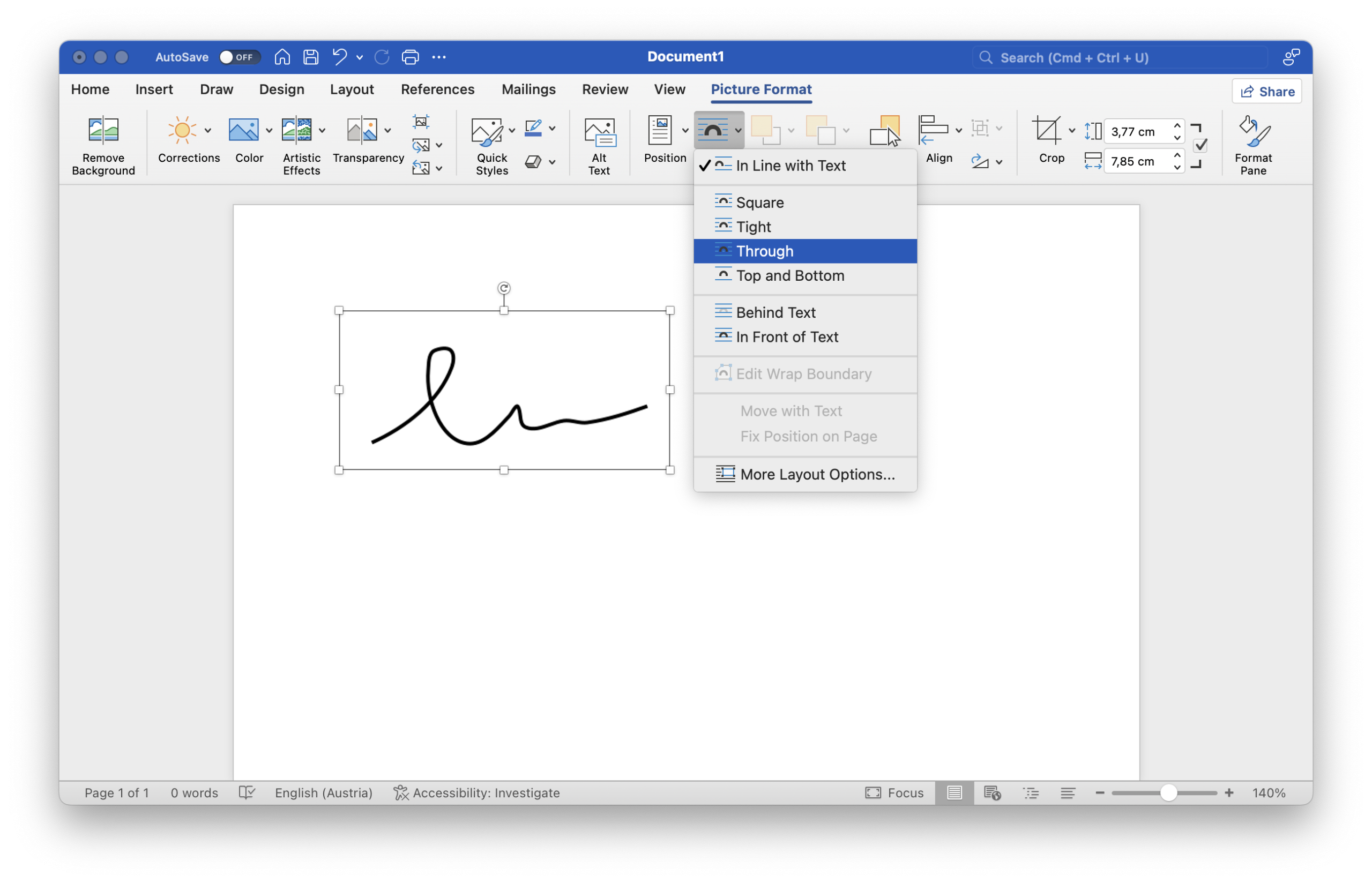In the modern digital workplace, professionals often ask themselves, “how to sign a Word document” quickly, securely, and without unnecessary hassle. Whether you are a freelancer sending contracts, a small business owner approving invoices, or a corporate manager finalizing agreements, the ability to electronically sign documents has become an essential skill. With remote work on the rise and digital collaboration at the core of today’s business environment, learning the right methods to sign Word documents is critical for efficiency, legality, and compliance.
Why Signing a Word Document Matters
Traditionally, signing documents required printing, physically signing with a pen, scanning, and then emailing or mailing the file back. This process was not only time-consuming but also inefficient and wasteful. Today, electronic signatures have transformed this workflow by making it possible to finalize agreements in minutes instead of days.
When you sign a Word document digitally, you gain the following advantages:
- Speed – Reduces turnaround time for contracts, approvals, and agreements.
- Convenience – No need for printers, scanners, or couriers.
- Security – Digital signatures offer encryption to protect the integrity of the document.
- Legality – Most countries recognize electronic signatures as legally binding.
- Sustainability – Paperless processes reduce environmental impact.
Methods to Sign a Word Document
There are multiple ways to sign Word files depending on your needs. Some methods are quick and informal, while others provide advanced security and compliance for high-value agreements.
- Using Word’s Built-in Drawing Tools
You can insert a handwritten signature by using Word’s drawing feature. This method is suitable for internal approvals or non-legal documents.
- Adding a Scanned Image of Your Signature
By scanning your handwritten signature and inserting it as an image, you can create a basic electronic signature.
- Using Microsoft Office Digital Signatures
Word allows you to add secure digital signatures with certificates to verify the signer’s identity.
- Third-Party E-Signature Software
Platforms such as DocuSign, Adobe Sign, and GetAccept integrate seamlessly with Word documents to provide legally binding, secure digital signatures.
Legal Considerations and Security
Before signing electronically, it’s important to ensure that your method complies with the legal frameworks of your region. Regulations like eIDAS (Europe), ESIGN Act (United States), and UETA provide guidelines for the legality of electronic signatures.
For sensitive agreements—such as employment contracts, NDAs, or financial documents—security measures like encryption and multi-factor authentication are essential. This is where professional solutions and contract management tools become highly valuable. These platforms not only enable secure signing but also ensure that contracts are stored, tracked, and managed effectively within organizations.
When to Use Which Signing Method
- Internal Approvals – Scanned or drawn signatures may suffice.
- Client Agreements – Use professional digital signature software to ensure legal enforceability.
- Long-Term Contracts – Opt for certified digital signatures to prevent tampering.
- High-Volume Transactions – Automated contract management systems save time.
Benefits of Using E-Signature Tools
Modern electronic signature software provides much more than the ability to sign. Key benefits include:
- Audit Trails – Full records of who signed and when.
- Cloud Storage – Centralized access to all signed files.
- Workflow Automation – Automatically sends reminders for unsigned documents.
- Integrations – Works with CRM, ERP, and project management platforms.
- Compliance – Meets global security and legal standards.
List: Best Practices for Signing Word Documents
To maximize the effectiveness and security of your electronic signing process, here are some best practices:
- Verify the authenticity of the document before signing.
- Use strong, unique passwords for accounts linked to e-signature software.
- Avoid signing over unsecured public Wi-Fi networks.
- Keep backups of signed documents in secure storage.
- Use contract management tools for enterprise-level agreements.
Table: Comparison of Signing Methods
| Method | Ease of Use | Security Level | Legality | Best For |
| Draw Signature in Word | Easy | Low | Limited | Informal or internal approvals |
| Insert Scanned Image | Easy | Low | Limited | Low-stakes agreements |
| Microsoft Digital Signature | Moderate | High | Legally valid | Formal business contracts |
| Third-Party E-Signature Software | Very Easy | Very High | Legally valid | High-value, global agreements |
Challenges with Signing Word Documents
Despite the convenience, some challenges exist:
- Compatibility Issues – Different versions of Word may display signatures differently.
- Authentication Risks – Unsophisticated methods can be forged.
- User Resistance – Some stakeholders may still prefer traditional pen-and-paper signatures.
- Integration Complexity – Adding signing workflows into existing company systems may require IT support.
The Future of Digital Signing in Word
As more companies embrace digital-first practices, electronic signing will become the default method for approvals and contracts. Innovations to expect include:
- Biometric Authentication – Signatures validated by fingerprints or facial recognition.
- Blockchain Verification – Immutable records for contracts and agreements.
- AI-Powered Contract Analysis – Smart tools to review and validate documents before signing.
- Seamless Integrations – Deeper connections between Word, CRM systems, and project management platforms.
Conclusion
Learning how to sign a Word document is no longer a “nice-to-have” skill—it’s an essential business practice in 2025 and beyond. From freelancers signing invoices to multinational corporations managing multi-million-dollar contracts, digital signatures streamline workflows, improve compliance, and enhance security.
While simple methods like scanned images work for minor approvals, businesses should embrace contract management tools and professional e-signature platforms to handle sensitive or high-value agreements. By following best practices and choosing the right technology, organizations can ensure that their signing processes remain efficient, legally valid, and future-ready.






